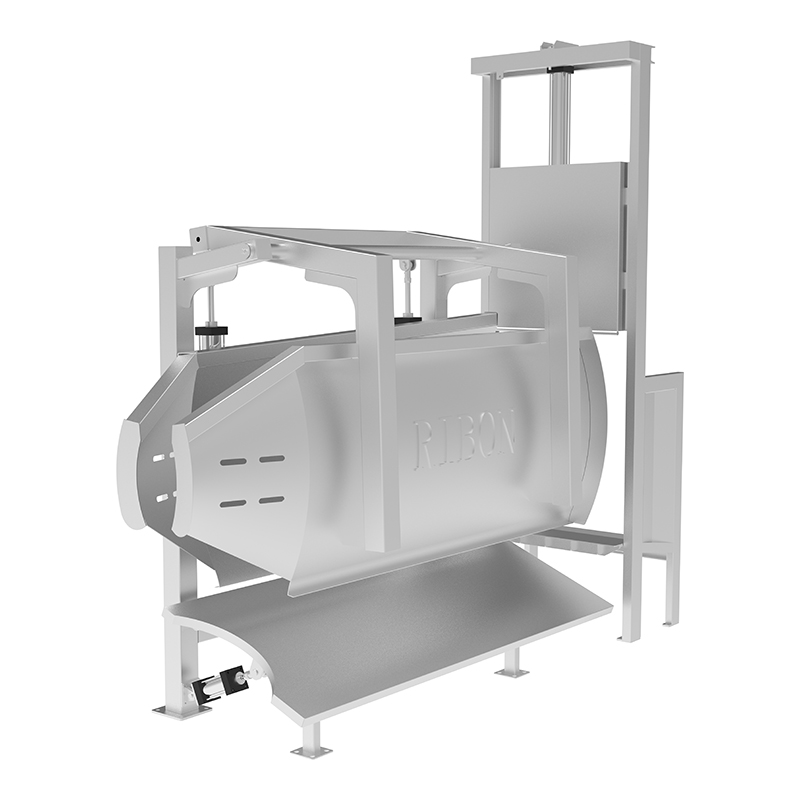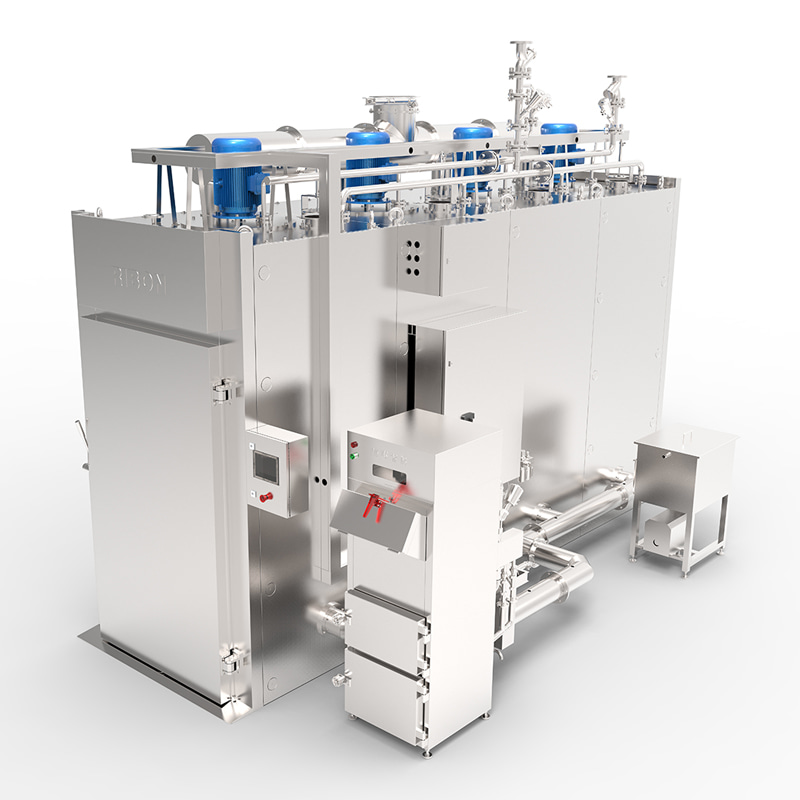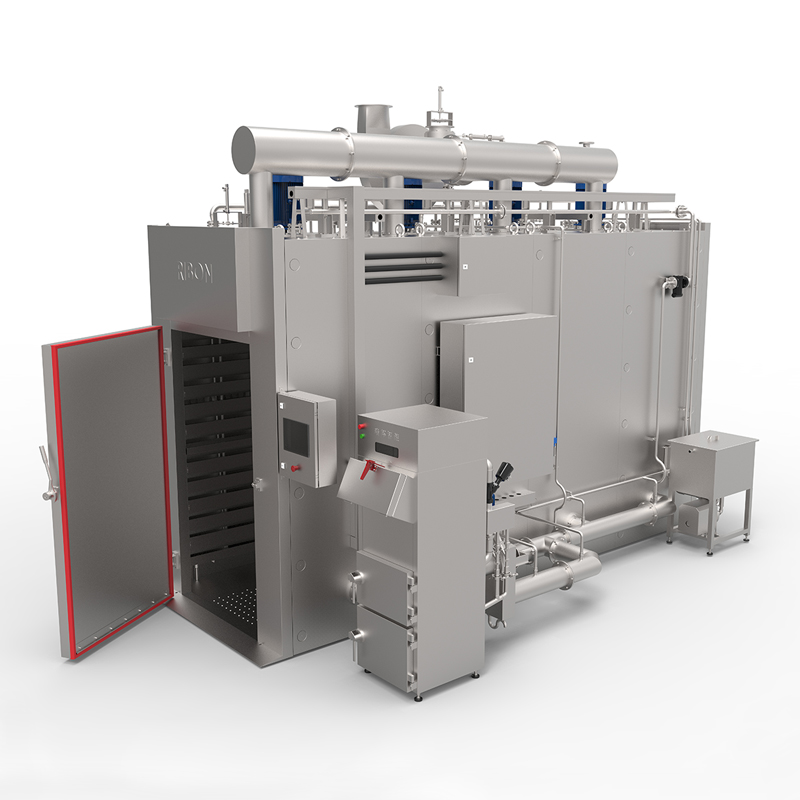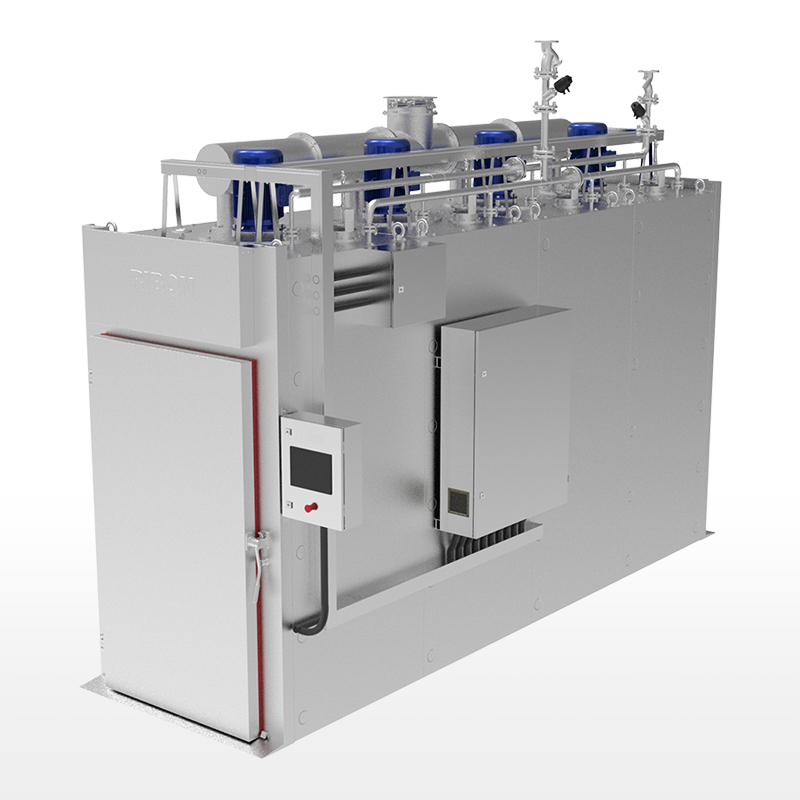Automation in meat processing refers to the use of advanced technology and machinery to handle repetitive tasks that were once performed manually. These tasks can include cutting, grinding, packaging, and even inspecting meat for quality control. Automation reduces the need for human intervention, which not only improves the speed and efficiency of the process but also enhances safety and product consistency.
Benefits of Automation in Meat Processing
Increased Efficiency and Productivity One of the primary benefits of automation is the significant increase in efficiency and productivity. Automated machines can operate continuously, running 24 hours a day with minimal downtime. Tasks that would have taken hours for workers to complete manually can now be finished in a fraction of the time. This leads to increased throughput and allows meat processing plants to meet higher demand volumes.
Reduced Labor Costs By automating labor-intensive tasks, businesses can reduce their dependency on manual labor, which leads to cost savings. Automation minimizes the need for workers to perform repetitive tasks, which can help businesses control their labor costs while improving their profit margins. It also reduces the likelihood of human error, which can be costly in terms of product quality and safety.

Enhanced Product Consistency Automation ensures a high level of consistency in the production process. Machines can perform tasks such as slicing, grinding, and mixing with precision, producing uniform products that meet the exact specifications. This is especially important in the meat processing industry, where consistency in texture, size, and shape is crucial for consumer satisfaction.
Improved Food Safety and Hygiene Food safety is a top priority in the meat processing industry, and automated machinery plays a significant role in improving hygiene standards. Automated systems often feature built-in sanitization processes that help to reduce the risk of contamination. Additionally, with fewer human operators involved, the risk of introducing pathogens is reduced, leading to safer meat products.
Better Traceability and Monitoring Many modern meat processing machines come equipped with sensors, cameras, and tracking systems that provide real-time data on the production process. This data can be used to monitor quality, track batches, and ensure compliance with food safety standards. In the event of a recall, this traceability helps businesses quickly identify and isolate affected products.
Reduction in Waste Automation can help minimize waste in meat processing. Machines are designed to cut, grind, and process meat with high precision, reducing the amount of unusable byproduct. In addition, automated systems can optimize the use of resources like energy and water, contributing to a more sustainable operation.





 English
English русский
русский Español
Español عربى
عربى










